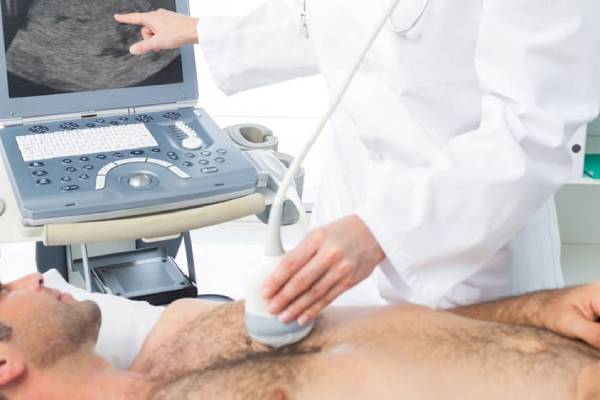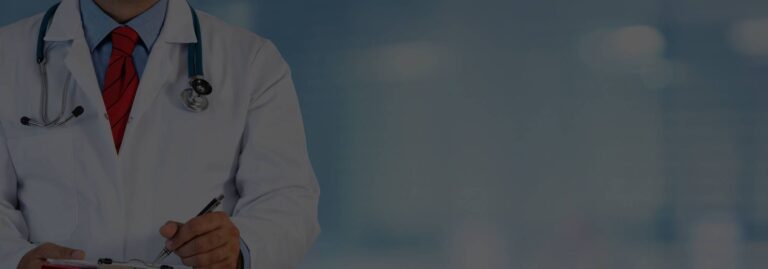
Cardiomyopathy is referred to as a group of diseases that mainly affects the cardiac muscle(myocardium). In cardiomyopathy, blood flow to the heart muscle is restricted, which makes the heart muscle work harder, to the limit where it enlarges and stiffens, causing the death of the tissues of the muscle. Cardiomyopathy is one of the main causes of a heart attack or heart failure.
Types Of Cardiomyopathy
There are five types of cardiomyopathy :-
This type of cardiomyopathy is an inherited cause. Hypertrophic cardiomyopathy is a genetic disorder where the mother, having that mutation in the genes, passes the same genes to her offspring. Another cause of this disorder is Fabry Disease, which is a genetic disorder caused due to the absence of an enzyme called alpha-galactosidase A. This leads to substances build-up in the walls of the coronary arteries and also affects the kidneys and skin. Another genetic disorder that contributes to hypertrophic cardiomyopathy is Friedreich's Ataxia, where there is a mutation in the gene that makes a protein called frataxin. This disease causes loss of sensation in arms and legs and difficulty in a speech that worsens over time. Symptoms of hypertrophic cardiomyopathy include fatigue, swelling of legs, shortness of breath, chest pain, etc.
A type of cardiomyopathy where the heart enlarges and is not able to pump blood properly. It mainly includes enlargement of the ventricular cardiac muscle. Its main causes are the use of cocaine, consumption of alcohol, the influence of genetics, complications during pregnancy, and infections. Symptoms include swelling of legs, chest pain, fluid build-up in lungs, etc.
It is the least common type of cardiomyopathy among the five, where the heart walls are rigid. This does not allow the walls to contract and relax, restricting blood flow. Symptoms include less tolerance to exercises, irregular heartbeat, fatigue, swelling of legs.
It is a type of cardiomyopathy, where the cardiac muscle does not function properly due to genetic defects in it. It primarily affects the tissues of the right ventricle, with associated irregular heartbeats. It first attacks the right ventricle, which puts a lot of stress on the left ventricle, and then, if not treated, stiffens and weakens both the ventricles. Symptoms include irregular heartbeats, blackouts, heart palpitations, etc.
Also known as broken heart syndrome, the main component that causes this syndrome is stress. This causes temporary weakening of the cardiac muscle. Excess amount of adrenaline due to stress or secretion of these chemicals by a tumor, tightens the arteries, raising blood pressure and making the heart work harder, which therefore results in contraction of the coronary arteries that supply blood to the heart. Takotsubo, in Japanese, means octopus trap, and this is called so because the left ventricle takes the shape of an octopus trap.
Signs And Symptoms
The signs and symptoms of cardiomyopathy are :-
Causes
Further Complications
Diagnosis
Treatments
The cardiology team of Dr. Swapnil Mate's Cardiology clinic includes experienced cardiologists, cardiac surgeons, cardiac imaging specialists who help detect the problem and recommend the ideal surgery to the patients. They mention the advantages and risks associated with the surgeries they plan to do on their cardiac patients. Consult Dr. Swapnil Mate for the best medical assistance.
